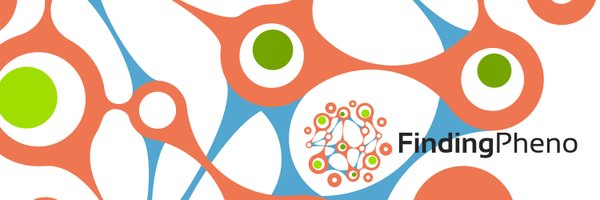miaSim
This R/Bioconductor package provides tools to simulate (longitudinal) time series data from popular models in microbial ecology. The homepage provides tutorials and references for the implemented models:
- Self-organised instability (SOI)
- Hubbell’s neutral model
- generalized Lotka-Volterra (gLV)
- Ricker model (discrete gLV)
- Stochastic logistic model
- Consumer-resource model
These methods can be used for in silico studies of microbial community dynamics or multi-omic or host-microbiome interactions. The miaSim package supports the Bioconductor multi-assay data science framework for multi-omic data integration and time series analysis, and utilizes the (Tree)SummarizedExperiment data container.
miaSimShiny
The accompanying miaSimShiny package allows users to explore the parameter space of their models in real-time in an intuitive graphical interface.
You can experiment with miaSimShiny online.
Contributions and acknowledgments
You can find us online from Gitter.
Contributions are very welcome through issues and pull requests at the development site. We follow a git flow kind of approach. Development version should be done against the main branch and then merged to release for release. (https://guides.github.com/introduction/flow/)
We are grateful to all contributors.
This research has received funding from
- the Horizon 2020 Programme of the European Union within the FindingPheno project under grant agreement No 952914.
- Research Council of Finland (grant 330887)

Citing the package
Kindly cite this work as follows:
Gao et al. (2023). Methods in Ecology and Evolution. DOI: 10.1111/2041-210X.14129
For citation details, see R command citation("miaSim").
Code of conduct Please note that the project is released with a Bioconductor Code of Conduct. By contributing to this project, you agree to abide by its terms.